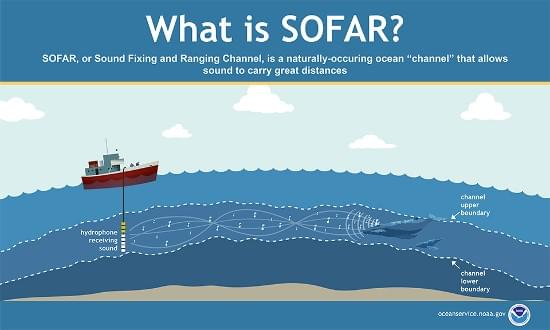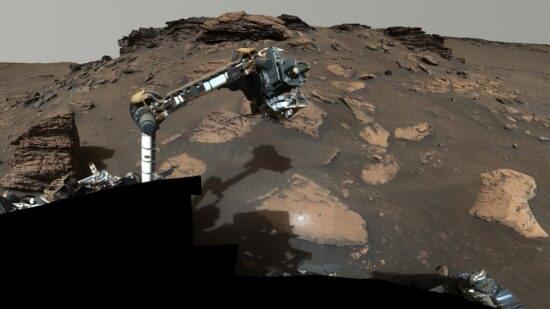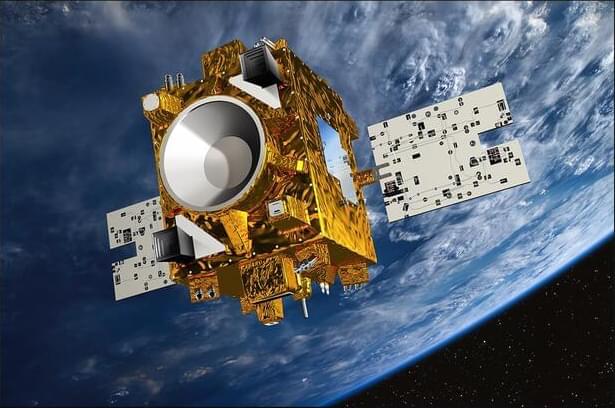Hp has unveiled HP SitePrint, a robotic solution that autonomously prints the most complex construction site layouts with pinpoint accuracy. The company claims the bot can finish a layout in a “fraction” of the time humans require – improving productivity by as much as ten times.
HP SitePrint is an end-to-end, easy-to-use suite of technologies designed to automate the site layout process. It consists of a rugged and autonomous robotic device designed to operate in the conditions of the construction site. With the help of a remote control tablet and cloud tools, the machine can outline walls, doors, and other elements with little intervention.
Designed for autonomous operation, including obstacle avoidance, HP SitePrint can improve the productivity of the site layout process. It can print lines and complex objects with pinpoint accuracy and consistent repeatability, while text printing capabilities bring additional data from the digital model to the construction site, improving communication between construction professionals.







